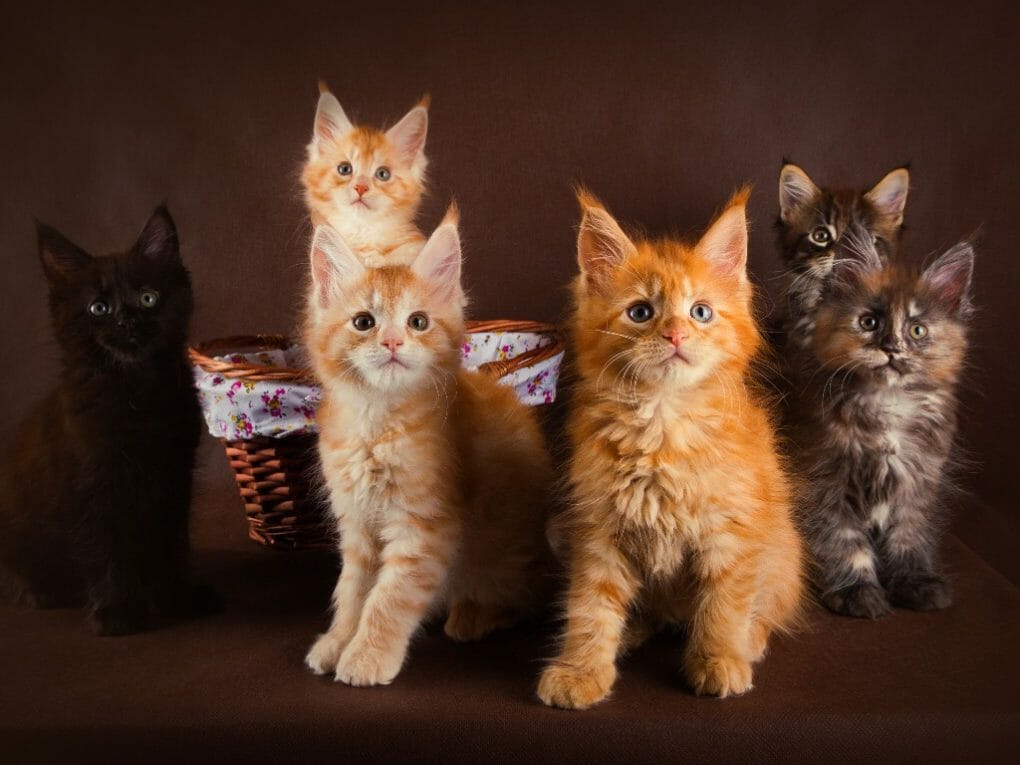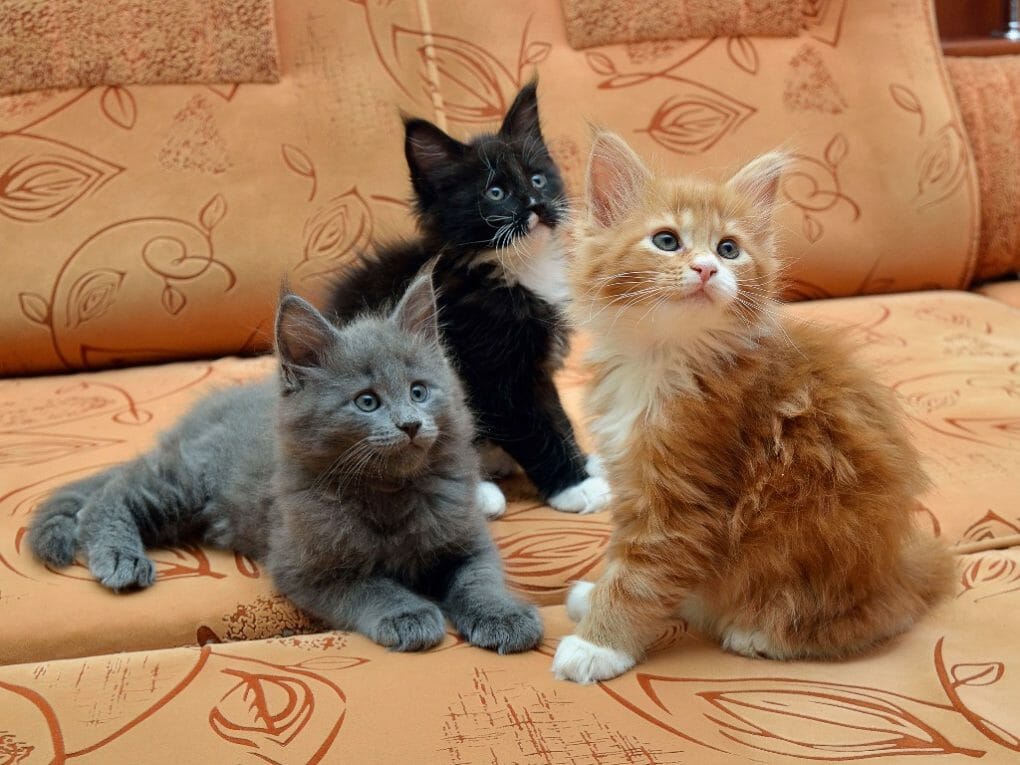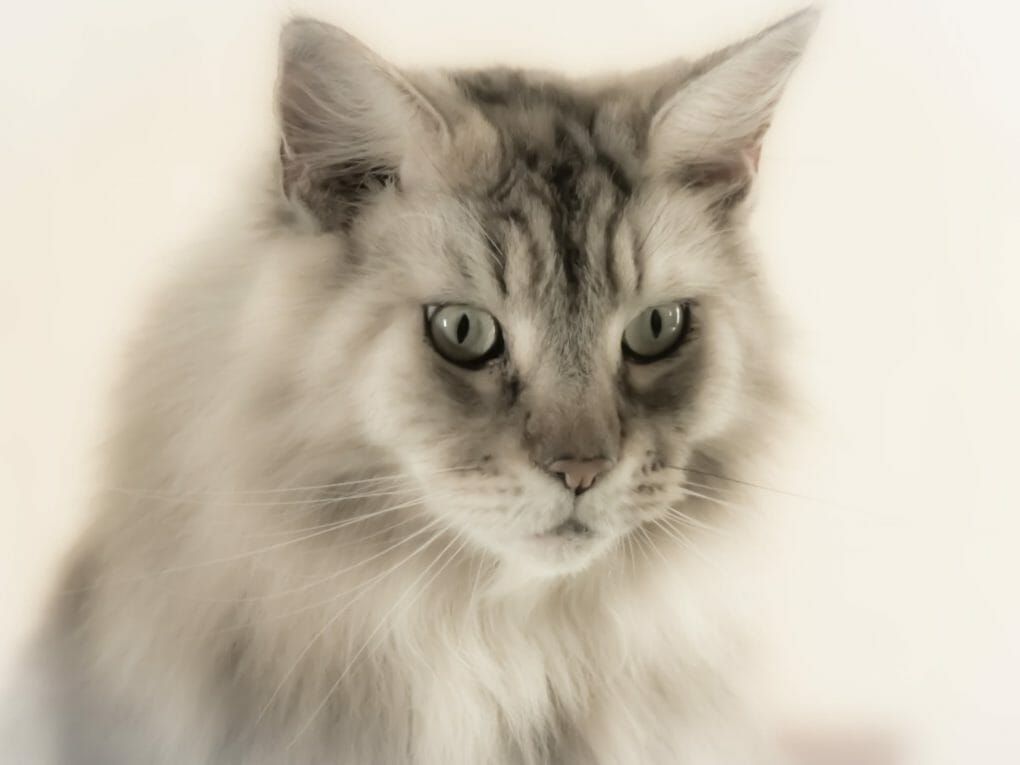How Many Cats Are in the World: Interesting Cat Statistics


Around 600 million cats worldwide make them one of the most popular pets. Approximately 220 million are kept as pets, while 480 million are stray cats. Cats are prevalent in developing countries where they’re seen as a way of dealing with pests and keeping the house clean. Cats are the most popular pet in China, Japan, and India.
Table of Contents
Cats Population Statistics
Strays
Around 480 million stray cats are living across the globe! Their populations are growing steadily, and they’re especially loved in countries like China, where they’re seen as a superpower against rodents. Still, millions of cats around the globe are killed every year due to overpopulation or being euthanized because they can no longer survive in shelters.
Pets


There are around 220 million cats that are kept as pets worldwide. However, as the popularity of cats as pets grows, their demand for food, shelter, and care increases. This means that there is an increasing need for cat food production to meet the rising demand – something which animal shelters around the globe cannot possibly accommodate.
In the US
The United States has the most cats worldwide at around 74 million, followed by China at 53.1 million.
The Country With the Most Cats in the European Union
Germany has the most cats in the European Union, with close to 14.5 million cats estimated. This is partly due to Germany’s love of cats and its pet-friendly policies, which encourage cat ownership.
Other Cat Statistics
Cat Adoption
Every year, 2.1 million cats get adopted from animal shelters – that’s a lot of love and homes given to adorable kitties! While it is true that cat ownership is more popular than it once was, there are still plenty of people who choose to adopt instead of buying them.
Cat adoption rates have increased to 250% during the pandemic, so if you’re looking for a furry friend (or two!) and don’t want to find one yourself, consider adoption instead.
In US Households
Around 31.89 million households in the US have cats, indicative of the growing popularity of this feline animal. The number of cats in the US is on the rise each year.
Cats enjoy around 12 to 18 years of life, making them long-term companions for many people who get attached to them over time. They form integral parts of many households and provide tremendous value as house pets – not just because they’re cute but also due to their unique skills, such as hunting and scavenging!
Feral Cats in the US
Feral cats are on the rise, and this problem isn’t just happening in developed countries – it’s spreading to developing countries as well. Estimates say that there are roughly 30 to 100 million of them worldwide.
Feral cats suffer from high rates of disease, starvation, and homelessness. They also tend to breed rapidly, which only makes matters worse.
District With the Lowest Cat Ownership
There is a low rate of cat ownership in the District of Columbia at 16.4%, possibly due to its high population density. Cats can be boisterous and destructive in high-density environments, making them less popular among people who live there. Other reasons for the lack of cats could include that pet-friendly housing options are scarce, and cats rarely enjoy roaming free as much as dogs do.
Feeding Community Cats in the US
Around 10% of Americans feed community cats. Feeding these cats not only helps us as individuals but also helps reduce the number of feral cat populations in our country.
Most community cats live outdoors and depend on humans for food – this means they can spread diseases to pets and other animals. By feeding them, we’re helping control the number of feral cats roaming free and preventing them from attacking domesticated animal populations.
Feeding community cats can be a great deed, but it comes with some responsibilities. For instance, you need to ensure the food you give them isn’t harmful or addictive. Additionally, please be aware that most community cats live exclusively off humans – meaning they don’t hunt or scavenge for food as stray/wildcat kittens might.
Feral Cat Prey
Birds make up a majority of cat prey in the wild. In addition to birds, feral cats also prey on rodents and other small animals. Feral cat colonies can be easily identified by their collar/tag, which usually states the name of the organization caring for them.
Feral Cats Lifespan
Feral cats have a shorter lifespan than house cats because they are more likely to be obese and suffer health problems. Wild cat populations can be managed effectively through TNR, as it helps control the number of these animals while ensuring their humane treatment.
The Oldest Cat
The oldest cat in the world lived for 38 years and three days. Cats have high disease resistance, meaning they don’t suffer as many health problems as other pets. In addition, cats can live for really long periods! This means that even if you can’t keep your cat indoors forever, you can still enjoy their company for quite some time.
As cat lifespans continue to increase due to improved nutrition and healthcare facilities, we must take good care of our feline friends by providing them with a comfortable environment and proper food. In addition, captivity has been linked with several adverse psychological effects on cats, including lower levels of social interaction and depression/anxiety disorders in later life.
Heart Disease


Cats are loving and adorable creatures that enjoy spending their time playing, lounging around, or taking naps. However, like most animals, cats also have a few health concerns, one of which is heart disease.
According to the National Center for Biotechnology Information (NCBI), cat heart disease affects around 10 to 15% of cats worldwide – making it one of the most common pet health issues.
Although this condition is rare in cats, it can still cause significant problems if left untreated. For example, if you notice any unusual changes in your cat’s behavior or mood, visit an animal doctor as soon as possible for further diagnosis and treatment options.
